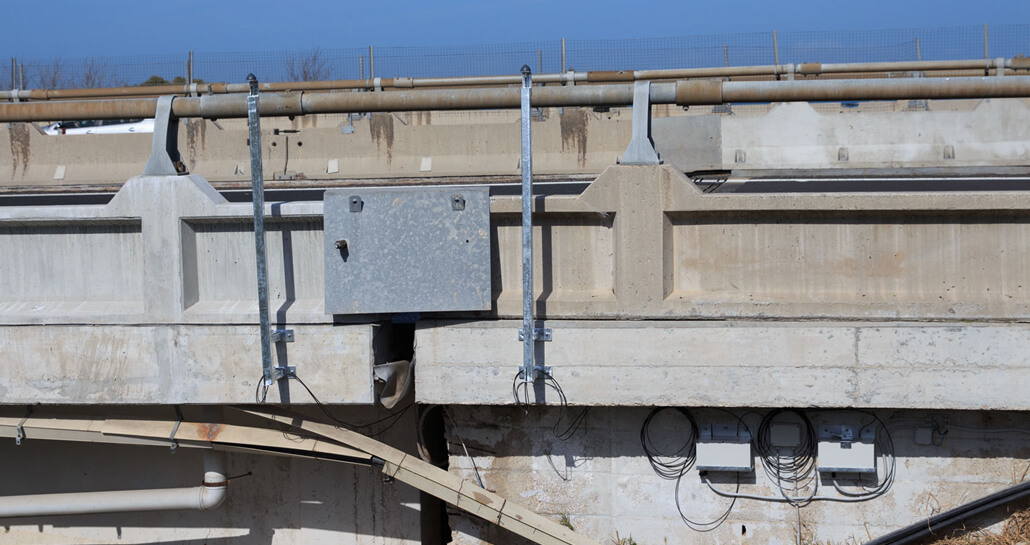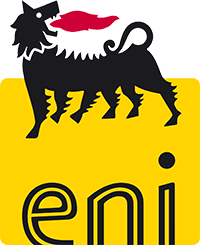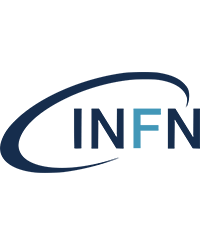Designing, developing and operating end-to-end services to observe and monitor structural displacements and deformations
GNSS MONITORING FOR STRUCTURES
Economic growth requires adequate infrastructure in order to meet its full potential. Infrastructure control and management are becoming key issues in the approach to sustainable development of modern countries. In this framework, infrastructure health monitoring is representing one of the most valuable tools for the decision making process. Accurate and timely measurements of the displacements and deformations undergone by structures are highly valuable information for structural engineers and infrastructures managers because they can leverage on reliable data to assess the health status of structures. The ability to predict and react to potential problems before they develop, helps in the short-term maintenance and long-term renewal, in the reduction of insurance costs and the prevention of catastrophic failures.
The cost of high-precision geodetic-class GNSS instruments typically used for structure monitoring is still high and limits the possibility of asset monitoring to just a small number of points. GReD’s cost-effective systems allow for a continuous and detailed monitoring of all the structural elements that need to be controlled.
METHODS & TECHNIQUES
Sensors are deployed at key points on the structure to be monitored, and their data are processed by GReD own software to quantify their displacements. The sensors are based on GNSS technology. While standard GNSS stations are typically quite expensive, GReD has developed a proprietary cost-efficient solution which allows deploying a higher number of monitoring points, thus providing a more comprehensive control over the whole structure. The data processing engine developed by GReD guarantees state-of-the-art results, while the monitoring units allow to log and transmit data from a variety of additional sensors, with either digital or analog interfaces.

DEFORMATION MONITORING
By monitoring the absolute and relative displacements of carefully selected key points, it is possible to detect, quantify and characterize the various kinds of motions undergone by the structure. The monitoring update rate can be set from hourly to daily, depending on the needed level of precision.
SITE-SPECIFIC ANALYSES
GReD’s proprietary technology allows reaching high-precision monitoring results also in challenging environments. Tailored analysis tools allow to highlight and characterize site-specific and even element-specific motions within the general displacements undergone by the monitored structure.
MULTI-SENSOR HUB
Our GNSS monitoring stations are designed to accommodate additional sensors via analog and digital interfaces, allowing to log and transmit their measurements together with GNSS ones. The GNSS-detected deformations can thus be correlated with other sensors measurements, providing a more comprehensive picture of the status of the monitored structure.


